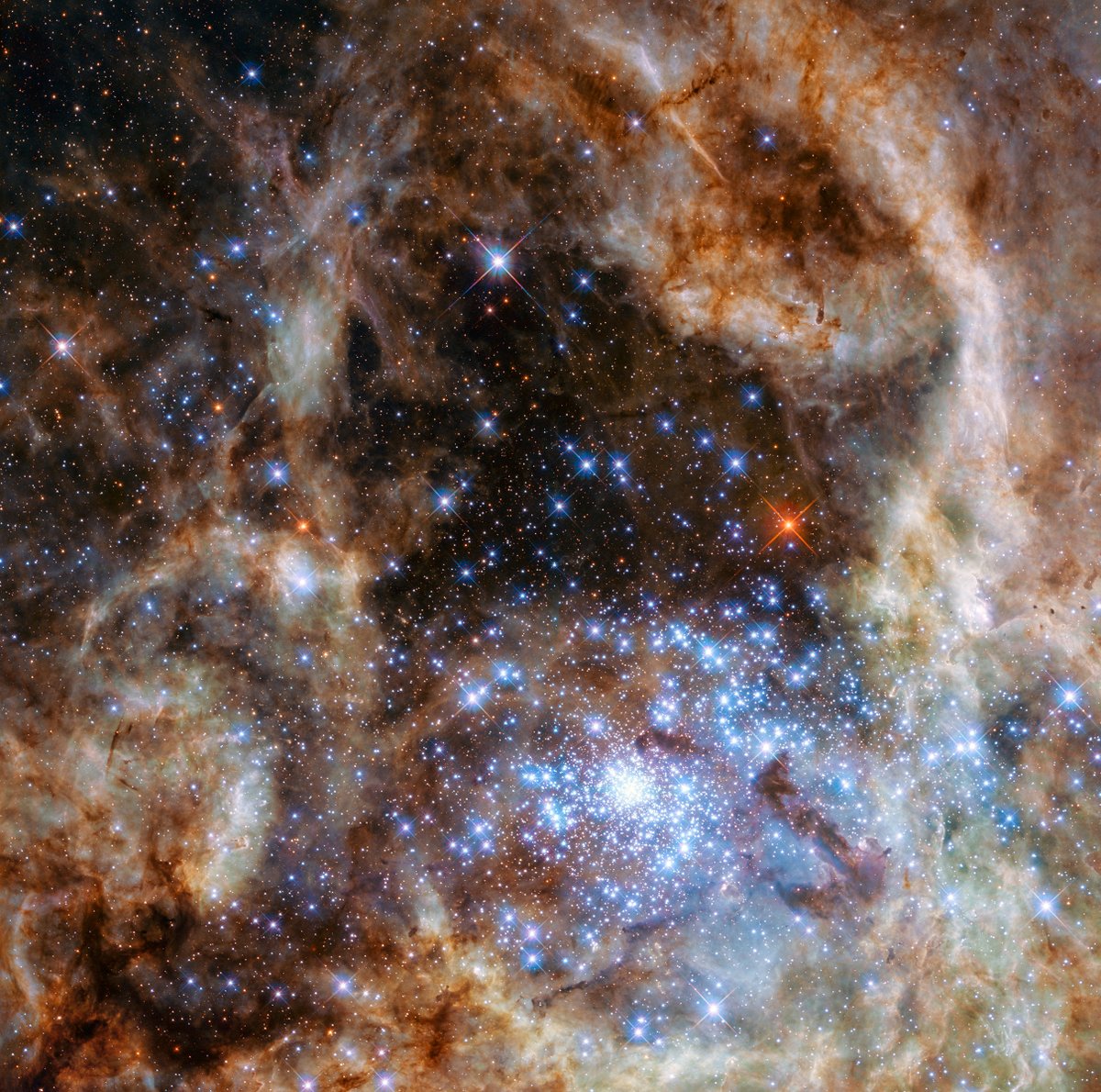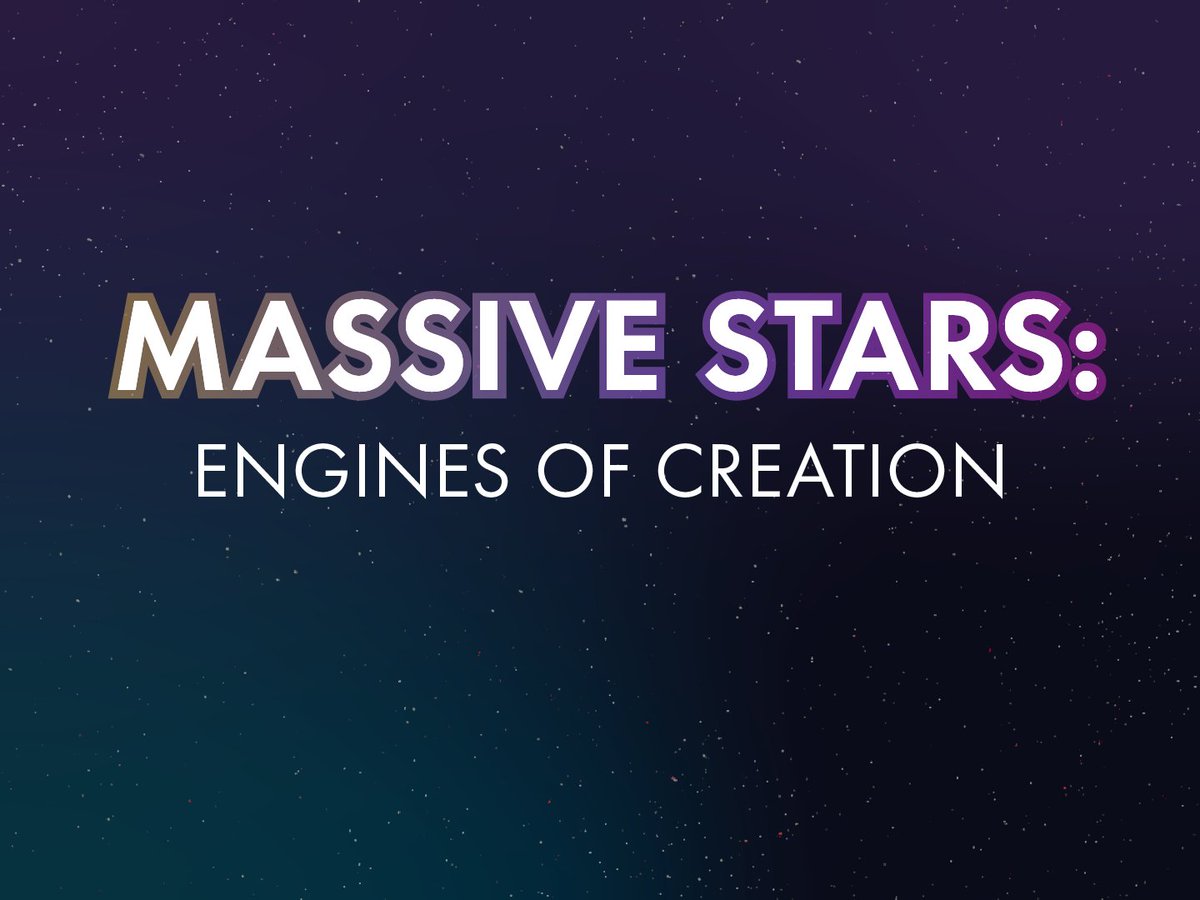
BREAKING NEWS: #NASAWebb ushers in a new era of exoplanet science with the first unequivocal detection of CARBON DIOXIDE in a planetary atmosphere outside our solar system. (1/5) 🧵 

After years of preparation and anticipation, exoplanet researchers are ecstatic! The James Webb Space Telescope has captured an astonishingly detailed rainbow of near-infrared starlight filtered through the atmosphere of a hot gas giant 700 light-years away. (2/5)
The transmission spectrum of exoplanet WASP-39 b, based on a single set of measurements made using Webb’s Near-Infrared Spectrograph and analyzed by dozens of scientists, represents a hat trick of firsts ⬇️. (3/5)
1) #NASAWebb’s first official scientific observation of an exoplanet;
2) the first detailed exoplanet spectrum covering this range of near-infrared colors; and
3) the first indisputable evidence for carbon dioxide in the atmosphere of a planet orbiting a distant star. (4/5)
2) the first detailed exoplanet spectrum covering this range of near-infrared colors; and
3) the first indisputable evidence for carbon dioxide in the atmosphere of a planet orbiting a distant star. (4/5)

The results are indicative of #NASAWebb’s ability to spot key molecules like carbon dioxide in a wide variety of exoplanets providing insights into the composition, formation, and evolution of planets across the galaxy. (5/5) #UnfoldTheUniverse webbtelescope.pub/WASP39b
• • •
Missing some Tweet in this thread? You can try to
force a refresh


















